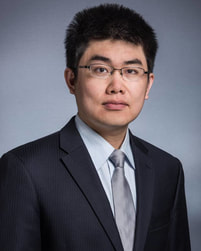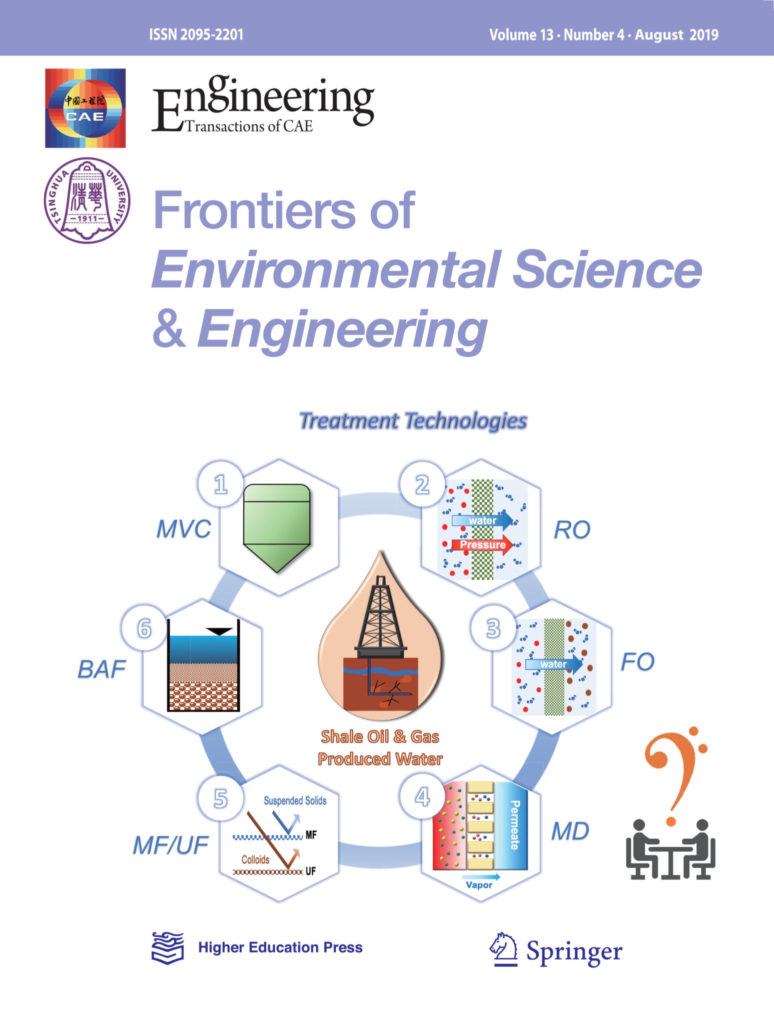
As the problem of fresh water scarcity compounds with growing populations and climate change, Tiezheng Tong’s groundbreaking research to improve water sustainability gains significance. The civil and environmental engineering assistant professor uses membrane technologies to purify water that is especially challenging to transform into clean, safe water.
“My research aims to utilize a lot of unconventional water resources, such as seawater, brackish water, and wastewater to generate fresh water and to mitigate the current fresh water scarcity,” said Tong. “Specifically, I’m working on innovating materials and processes to make the water treatment or desalination process more efficient.”
In just over two years at Colorado State University, Tong has published several papers in prestigious journals. The August cover story of Frontiers of Environmental Science and Engineering featured his study on membrane-based treatment of shale oil and gas wastewater, and his paper about mineral scaling in membrane distillation was published in Environmental Science and Technology, the top journal in environmental engineering and science. Recently Tong also was recognized by his professional organization with the Young Membrane Scientist Award. The North America Membrane Society (NAMS) selected five outstanding scientists in the field to receive the award this year.

Tong will accept the honor and present some of his key findings during the 2020 NAMS annual meeting in Tempe, Arizona, in May. He will discuss how to smart design membrane materials for wastewater treatment, a topic published in July in Nature Communications. In this study, Tong’s group discovered the underlying mechanism responsible for a tradeoff between hydrophobic and omniphobic membranes during membrane distillation, an emerging technology Tong reviewed in Energy & Environmental Science. Hydrophobic, or water-repellant, membranes can leak, contaminating the pure water, but omniphobic membranes that repel all liquids significantly slow the production rate of purified water, making the process inefficient. In collaboration with Assistant Professor Arun Kota of North Carolina State University, Tong’s group found that this tradeoff is likely due to the larger interfacial area of hydrophobic membranes, which increases evaporation and efficiency of the process. Since then his group has been developing different membranes to get a better understanding of whether the tradeoff they found is universal and what it means for membrane design.
Professor Menachem Elimelech, Tong’s postdoctoral advisor at Yale University, wrote in his nomination letter that Tong’s findings have “the potential to profoundly guide membrane design for [membrane distillation] applications.”
Elimelech enthusiastically endorsed Tong for the Young Membrane Scientist Award, praising his training, creative research and discoveries, and interdisciplinary collaboration. Elimelech said he has followed Tong’s career closely since he started at CSU and is “pleased with [his] tremendous accomplishments in such a short period of time.”